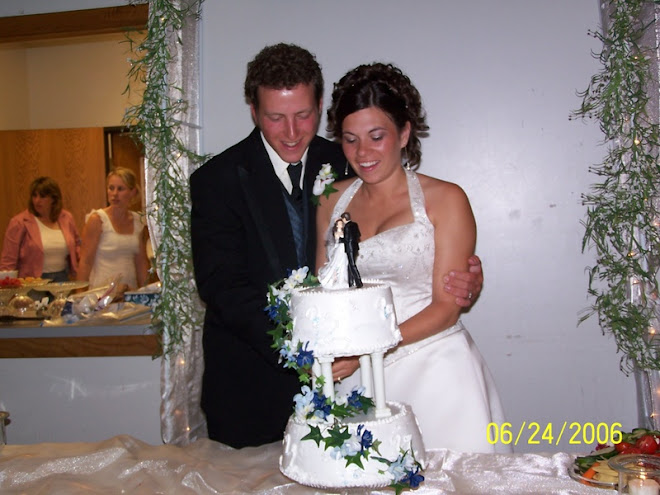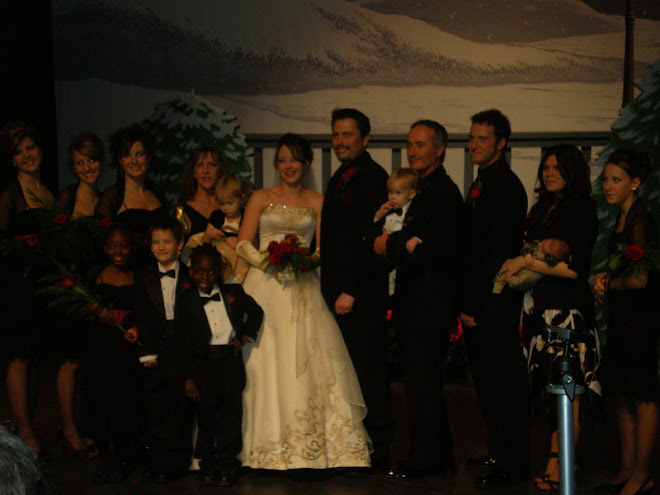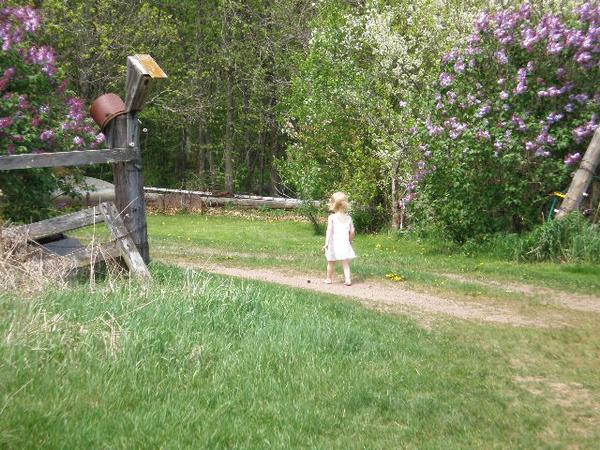
The loss of genetic seed diversity facing us today may lead to a catastrophe far beyond our imagining. The Irish potato famine, which led to the death or displacement of two and a half million people in the 1840s, is an example of what can happen when farmers rely on only a few plant species as crop cornerstones.
SIMPLE SOLUTION: One blight wiped out the single potato type that came from deep in the Andes mountains; it did not have the necessary resistance. If the Irish had planted different varieties of potatoes, one type would have most likely resisted the blight.
We can help save heirloom seeds by learning how to buy and save these genetically diverse jewels ourselves.
ABOUT SEEDS
* One kind of seed, called First generation hybrids (F1 hybrids), have been hand-pollinated, and are patented, often sterile, genetically identical within food types, and sold from multi-national seed companies.
* A second kind of seeds are genetically engineered. Bioengineered seeds are fast contaminating the global seed supply on a wholesale level, and threatening the purity of seeds everywhere. The DNA of the plant has been changed. A cold water fish gene could be spliced into a tomato to make the plant more resistant to frost, for example.
* A third kind of seeds are called heirloom or open-pollinated, genetically diverse jewels that have been passed on from generation to generation.
With heirloom seeds there are 10,000 varieties of apples, compared to the very few F1 hyprid apple types.
The Mayan word 'gene' means "spiral of life." The genes in heirloom seeds give life to our future. Unless the 100 million backyard gardeners and organic farmers keep these seeds alive, they will disappear altogether. This is truly an instance where one person --a lone gardener in a backyard vegetable garden--can potentially make all the difference in the world.
One tip I have come across is to buy heirloom seeds from a dealer of heirloom seeds near your area. Before our current period, vegetable seed companies were smaller and often grew their own seed, which was regionally adapted to the climate of the area in which the company was located. In fact, many seedsmen started out as market gardeners and simply moved into selling seed they had saved for their own use. As their businesses developed, they collected choice varieties from other gardeners—who had selected their own favorite strains—and by close attention maintained them as distinct varieties. Unlike modern vegetable introductions, all of which are deliberately developed for sale, these heirloom varieties were simply selected over generations according to the whims and preferences of individual gardeners. Thus, most are strongly adapted to a particular region of the country, and have an incredible range of qualities—in taste, texture, appearance, and disease or pest resistance—all of which were, for one reason or another, important to their backyard developers.
here are a few resources to check out for heairloom seeds:
Heirloom Seeds
Rare Seed Catalog (Baker Creek Heirloom Seeds)
Seed Savers
Seeds Trust
Seeds of Change
Victory Seeds (open pollinated and heirloom seeds)
and here is a list of seed sellers state by state to research:
http://www.organicconsumers.org/seeds.htm
http://www.greenpeople.org/seeds.htm
SIMPLE SOLUTION: One blight wiped out the single potato type that came from deep in the Andes mountains; it did not have the necessary resistance. If the Irish had planted different varieties of potatoes, one type would have most likely resisted the blight.
We can help save heirloom seeds by learning how to buy and save these genetically diverse jewels ourselves.
ABOUT SEEDS
* One kind of seed, called First generation hybrids (F1 hybrids), have been hand-pollinated, and are patented, often sterile, genetically identical within food types, and sold from multi-national seed companies.
* A second kind of seeds are genetically engineered. Bioengineered seeds are fast contaminating the global seed supply on a wholesale level, and threatening the purity of seeds everywhere. The DNA of the plant has been changed. A cold water fish gene could be spliced into a tomato to make the plant more resistant to frost, for example.
* A third kind of seeds are called heirloom or open-pollinated, genetically diverse jewels that have been passed on from generation to generation.
With heirloom seeds there are 10,000 varieties of apples, compared to the very few F1 hyprid apple types.
The Mayan word 'gene' means "spiral of life." The genes in heirloom seeds give life to our future. Unless the 100 million backyard gardeners and organic farmers keep these seeds alive, they will disappear altogether. This is truly an instance where one person --a lone gardener in a backyard vegetable garden--can potentially make all the difference in the world.
One tip I have come across is to buy heirloom seeds from a dealer of heirloom seeds near your area. Before our current period, vegetable seed companies were smaller and often grew their own seed, which was regionally adapted to the climate of the area in which the company was located. In fact, many seedsmen started out as market gardeners and simply moved into selling seed they had saved for their own use. As their businesses developed, they collected choice varieties from other gardeners—who had selected their own favorite strains—and by close attention maintained them as distinct varieties. Unlike modern vegetable introductions, all of which are deliberately developed for sale, these heirloom varieties were simply selected over generations according to the whims and preferences of individual gardeners. Thus, most are strongly adapted to a particular region of the country, and have an incredible range of qualities—in taste, texture, appearance, and disease or pest resistance—all of which were, for one reason or another, important to their backyard developers.
here are a few resources to check out for heairloom seeds:
Heirloom Seeds
Rare Seed Catalog (Baker Creek Heirloom Seeds)
Seed Savers
Seeds Trust
Seeds of Change
Victory Seeds (open pollinated and heirloom seeds)
and here is a list of seed sellers state by state to research:
http://www.organicconsumers.org/seeds.htm
http://www.greenpeople.org/seeds.htm
















No comments:
Post a Comment